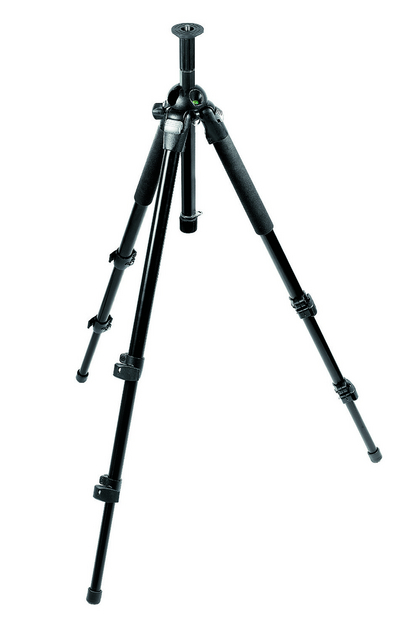By Jason
More often than not, blur in photos is a result of movement in the camera. This means that you are likely shooting with your shutter speed set to open and close more slowly than you can hold it in place to freeze the image in place. So, it may make sense to think that all you have to do is increase the shutter speed to one where you can hold it long enough, right? Well, maybe, but there are many scenarios where that option may not be available.
Shooting in low light is often a time when we find ourselves compromising our sharpness by trying to hold our camera slower than what we are capable of in order to capture an image. Another example would be where you want to smooth the water of an ocean view, a waterfall, or some other water scene. You may also want to introduce blur in one area of an image (say a race car), while keeping everything else sharp to convey the sense of speed and motion. In these scenarios, you can do one of a several things to increase the stability of your camera. One of the most popular is:
Add a monopod or tripod to the equation.
The reason why the tripod route is popular is because it is also one of the best ways to stabilize a camera, because let’s face it… a stationary object is better at holding our camera steady than we ever will. If you can’t use a tripod though, monopods are excellent secondary devices at minimizing the movement that may happen when shooting at slow shutter speeds. Choosing a tripod is a matter of personal preference and there are many things that can tie into your decision including budget, weight, and portability. Let’s consider each of these independently.
Budget
When it comes to budget, a tripod can be as cheap as $20, and can run upwards of $2000! Factors that will come into play include the weight element – carbon fiber is very sturdy, and very lightweight, but very expensive too. Aluminum counterparts are heavier, and while equally sturdy, you can save money by going with an aluminum equivalent.

Weight
As just mentioned, weight can have both upsides and downsides. If you are a landscape shooter, lightweight tripods can easily be blown over by even a slight breeze. You can ensure stability by going with a heavier tripod, or by weighing it down (some folks use sandbags, camera bags, or other gear to help stabilize a tripod even further), but nothing is 100%. As you get heavier weights, it also can be a detractor, because now that’s additional weight that you have to carry with you (or maybe it’s your photo assistant, but someone is carrying it!)

3. Size:
Another factor that comes into play is size. If you want something small and lightweight, then a tripod that has only 3 collapsing legs might not fit with an on-the-go lifestyle. You can opt for something smaller and more compact, but stability will be compromised. For instance, take a look at the popular Gorilla-pods (I own one and love it). These are super small, the legs can wrap around anything, but they are not the most stable tripod in the world. The legs can be contorted, but it also means that striking that perfect balance can be trickier.

Size
It’s all about trade-offs when you go to choose a tripod. Invariably, people will consider budget first and foremost in their decision (I know I did)… for which tripod to purchase, but I can tell you from experience, that you will quickly migrate from the $20 Wal-Mart one to a $100 one from elsewhere, and ultimately upgrade to a $300-$500 one from one of the big guns out there (i.e. Bogen, Gitzo, Vanguard, etc.). My one recommendation would be to just go in to the more expensive class first, because you will save yourself a lot of frustration and money in the end. Ultimately, your photos will be sharper and you’ll get much more gratifiying results because you got the right tool for the job – a tripod!

1 comment for “3 Elements of Buying a Tripod”